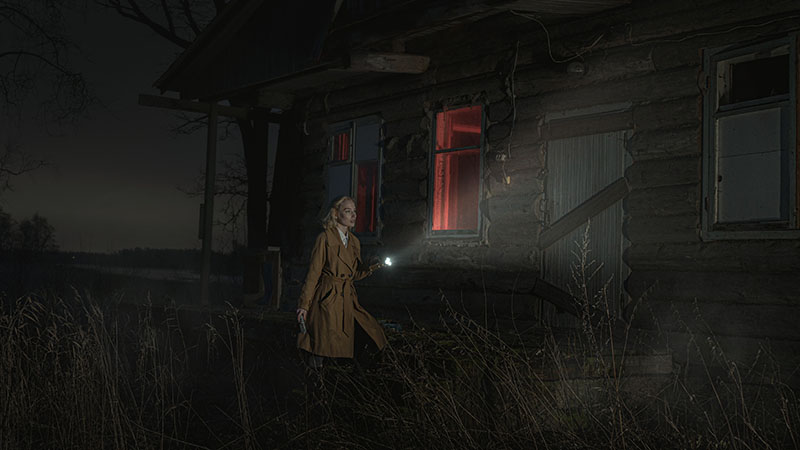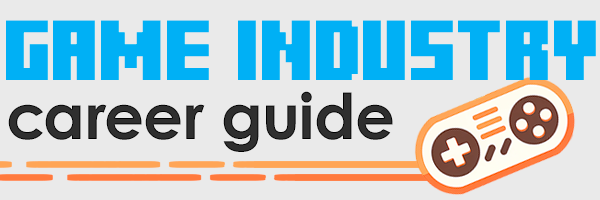10 Myths About the Game Industry – Busted!

The game industry has come a long way since the days of Pong and Space Invaders. Today, it’s a multi-billion dollar industry — and it continues to grow year after year.
But despite its popularity, there are still so many misconceptions about game development and the people who do it. From the belief that game development requires a degree, to the misconception that it’s for young males only, let’s take a few minutes to debunk the worst myths about game development, once and for all.
Myth: You need a college degree to become a game developer
Some game developers, especially programmers, do have college degrees. But it’s far from a requirement for the game industry as a whole. Many game developers are self-taught, or learned using online tutorials. Others went thorough coding boot camps, or used free game development tools to experiment and learn at home.
A lot of self-taught game developers started by making mods for existing games. “Modding” can help you learn the basics, and start developing your skills in art, coding, and game design. As your skills improve, you can build up to creating more and more complex scenarios. When you’re ready to build full games (start small!), there are so many great resources online — one of the best is probably Unity’s learning platform.
Online coding boot camps are another way to learn game-related skills without getting a degree. Most boot camps aren’t specific to games, but they all offer hands-on training that will build your skills (and your programming portfolio). Some camps offer job placement services, and can help you build connections with industry professionals.
Myth: Game development is a male-dominated industry
Historically, game development has definitely been a male-dominated industry. But that’s been changing, and more women have been entering the field every year.
Today, women are increasingly represented in all areas of game development — from programming, to game design, to art, and more. In fact, women game developers have been responsible for some of the biggest innovations in video games.
There are also dedicated initiatives and organizations that support women game developers. A couple of the largest are Women in Games International, and Girls Make Games, but there are many more. Groups like these offer resources, mentorship, and networking opportunities for women looking to break into the industry.
At the studio level, game companies have been working to create more inclusive and diverse workplaces. Not just because diversity in teams leads to more creative and innovative games — but also because it’s the right thing to do.
Myth: The best video games are made by big companies
Nearly everyone has heard of the big game companies like EA, Nintendo, and Blizzard. They’ve been producing successful games for decades, and they have the resources to create big budget, high-profile titles.
But the vast majority of game studios are smaller, independent (“indie”) developers. And they’re the real heroes of the game industry – because their smaller, niche titles actually drive a lot of innovation in gameplay and storylines.
Why? Because indie development is all about creativity, experimentation, and offering something really unique. Sure, the big game studios could take creative risks. And they sometimes do. But when tens of millions of dollars are on the line, big studios tend to stick with what’s “tried and true” — games based on movies, comic books, and sequels.
On the other hand, indie developers are free to take risks. They can make games that are different from the mainstream. That can lead to more diverse and interesting games. Take a game like Undertale. It’s an indie game that got very popular, mainly for its unique storytelling and gameplay. Undertale’s creator, Toby Fox, was independent. So he had more freedom to design a game that appealed to a smaller audience, without worrying about pleasing a big publisher.
Myth: Making a video game is quick and easy
If you don’t know much about game development, it’s easy to underestimate the incredible amount of work and time that goes into creating even the smallest games. I’ve definitely had friends and family members say things like, “It’s just a game, how hard could it be?”
But in fact, game development is a pretty complex process. And it involves a wide range of skills and disciplines — game design, programming, user interface (UX) research, storytelling, audio engineering, QA testing, project management, and more.
It can take years to complete a game, depending on its complexity. Development teams can be hundreds of people, and require work from multiple teams around the world. It’s a time-consuming process that calls for patience, dedication, and a willingness to continually learn and adapt.
So next time you play your favorite game, take a moment to appreciate all the hard work, effort, and countless hours the team put into it!
Myth: Video game developers are wealthy
If you follow the gaming media, most of what you’ll see are the big video game companies and high-profile game developers. While it’s true that some of the most successful developers have made a fortune, we’re not all living in luxury. Many developers — especially freelancers, or staff at small, independent studios — might not have the level of financial stability you’d expect.
Smaller studios typically have limited budgets and resources, which makes it hard to offer big salaries and benefits. And since the game industry is highly competitive, with hundreds of new games released every year, smaller studios and indies can struggle to get their games noticed.
For example, take a look at Thomas Happ, who created the popular game Axiom Verge. Despite the game’s success, Happ says he only made enough money to sustain himself and his family for a few years. He’s since gone on to create a sequel, Axiom Verge 2, which he describes as a passion project.
Even though not all game developers become fabulously wealthy, a lot of them do earn well above average incomes. That said, many developers are driven more by their passion than by the paycheck. As long as the income meets their needs and they can find fulfillment in the creative process, life is good.
Myth: Video game development only requires coding skills
Writing thousands of lines of computer code is definitely an important part of game development. Without coders, art wouldn’t animate, audio wouldn’t make a sound, and player input would just be ignored. But programming is far from the only skill required to make a great game.
Artists play a significant role too. They create the game’s visual elements like characters, environments, objects, and interfaces. Game artists can specialize in 2D or 3D art, animation, or visual effects. They use a variety of tools and techniques, such as Photoshop, Maya, and game engines like Unity or Unreal, to bring the game world to life.
Another essential skill, of course, is game design. Game designers craft the game mechanics and systems that make the game interesting and fun. They work closely with programmers and artists to create a memorable experience for players. Game designers need a strong understanding of player psychology, level design, and game balance to succeed in their roles.
Game development also calls for many other skills in areas such as writing, audio, project management, testing, and more. Without all these (non-coding!) skills, it would be impossible to create a complete, polished game that’s loved by gamers everywhere.
It’s also worth noting that, increasingly, game development can be done without any coding at all. Visual scripting tools are getting better all the time, and one day they might even be able to replace coding entirely.
Myth: Game development is only for young people
If you’ve seen the way game development is portrayed in movies and other media, you might be convinced that game development is for young, irreverent, tech-savvy “hackers.” In reality? Okay — you might bump into a few of those types for sure. But overall, the game industry is a pretty diverse field.
Part of the reason you’ll see game developers in their 40’s and beyond, is because a good portion of them have transitioned from other careers. I’ve personally worked with people who were previously lawyers, accountants, retail workers, chemical engineers, and educators before changing careers and working in the game industry.
Even better, this sort of “age diversity” in game development has a lot of value to game companies. That’s because people coming from other careers can bring perspectives that might be lacking in someone straight out of college. An older programmer might have a different approach to problem-solving, or an older game designer might have a different perspective on what could make the game more inclusive for a wider audience.
Myth: Once a game gets released, the team’s work is done
In the olden days of video games (20+ years ago), video games were what we called “boxed products.” That meant that when a game was finished, the team sent it off to the publisher, who put it in a box and sold it at the retail stores. So after that handoff, the game team’s work was done, and they were free to move on to start another project.
But game development has changed a lot since then. Today, the release of a game is just the first step in a long process of ongoing development and support. Once the game ships, the team continues to work on it full-time to fix bugs, create downloadable content (DLC), add new features, and operate seasonal events.
Some of the biggest online games like World of Warcraft have been operating for over two decades at this point. As more and more games make that shift from “boxed product” and become “live services,” they will continue to employ hundreds of developers, marketers, community managers, and others to support and improve them for years to come.
Image: Alexey Turenkov/Unsplash
Read my new book!
Making games for a living is an incredibly rewarding career, but it’s hard to break in unless you have insider knowledge. This book levels the playing field.


Leave a Reply